In a room filled with many of New York's wealthiest citizens, it was a $3 donation that caught everyone's attention at this year's Robin Hood Benefit. The foundation, which raises money for programs that fight poverty in the city, for the first time allowed guests to email pledges. One for just $3 came from a high school senior headed to college this fall who was among the 250 students being honored for their academic achievements, enough to move even honorary benefit chairman Mayor Michael Bloomberg.
The donation contributed to the $80.7 million fund-raising total at the May 13 event at the Jacob K. Javits Convention Center—not a record but a significant jump from last year's $59.2 million take thanks in part to a $25 million challenge grant announced that night in honor of the foundation's 25th anniversary.
The evening's theme was Times Square, which carried through the 125,000 square feet used for the cocktail, reception, and performance space. Crawford/Sherman Design lined the room with skyscrapers from the district's skyline and replicas of landmark structures, such as the TKTS booth, and overlaid them with 3-D mapping. Large, billboard-style signs educated the 4,275 guests with facts about poverty in New York and Robin Hood's efforts to fight it.
"Times Square really represented a crossroads of the world in many ways," said Robin Hood creative director Frank Liu. "We wanted to make sure we remembered that—how gritty New York is and how much is still to be done. By using black and white, all the messaging could be in color and jump out."
Guests moved from the gritty glamor of the reception space to the dining room, designed by David Stark Design, where more than 1,750 Edison bulbs hanging from the ceiling resembled the lights of Times Square. The bulbs were programmed to correspond to aspects of the production. To help guests find their tables in the massive space, the room was divided along a numbered grid. The lights formed glowing numerals overhead to direct guests to their sections. During donation pledging, the lights were choreographed to pulse around the room and build speed to add momentum to the giving. "Nothing was left to chance," said Bill Oberlander, managing director of communications, marketing, and events. "We had to motivate that room at a critical moment, and light became an integral part."
Other Times Square elements in the dining room included glittery "asphalt" flooring with white road markings—including a Robin Hood figure on the bicycle lane marker—and projections of taxis from Brian Oakes Design.
Instead of centerpieces, Stark created lazy Susans that held antipasto and allowed for family-style sharing. Amy Sinclair, executive producer of the event, said it added an element of fun and networking at the tables. The pieces were rimmed in white LED light strips that lit up the table number holders. After the event, the lazy Susans were donated to Materials for the Arts.
Entertainers included Bronx native Mary J. Blige, Elton John, and Bono, as well as unannounced performances from Jerry Seinfeld, Jimmy Fallon, Louis C.K., LL Cool J, and a duet from Paul Simon and Sting. NBC anchor Brian Williams hosted the event. Twelve large screens around the perimeter of the dining room broadcast the programming.
The benefit had a new caterer this year, Danny Meyer's Union Square Events. Also new: Designer Prabal Gurung designed the gift bags, which Villency Design Group produced.
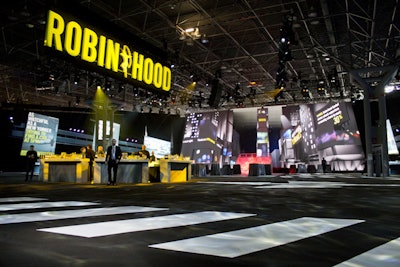
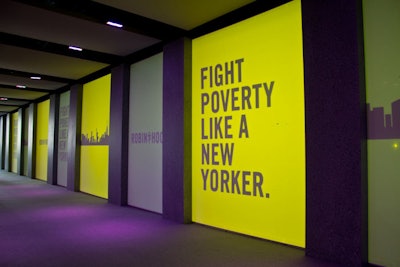
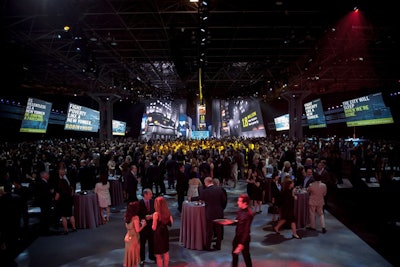
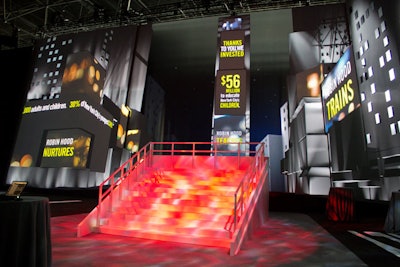
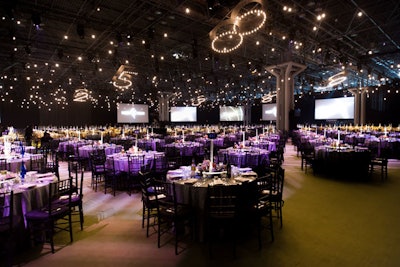
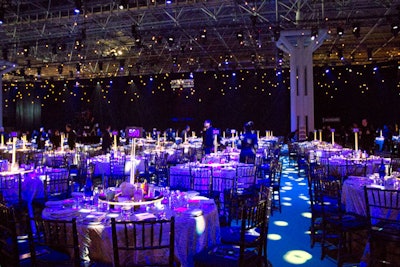

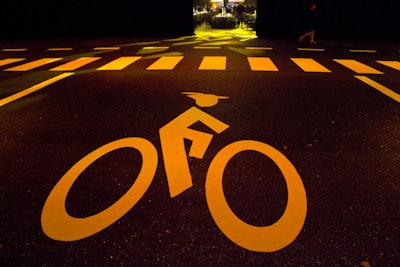
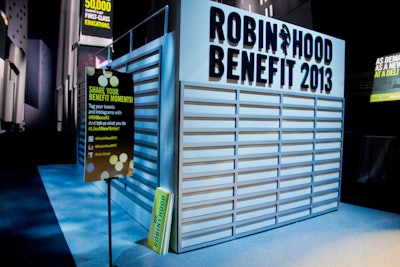
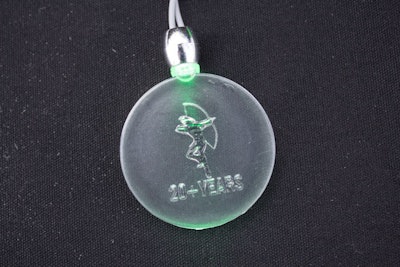
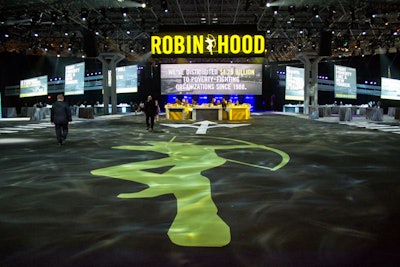


![Jeff Tsai Dunes[33] Copy](https://img.bizbash.com/files/base/bizbash/bzb/image/2024/07/Jeff_Tsai_Dunes_33__copy.669aa5fb11ec7.png?auto=format%2Ccompress&fit=crop&h=100&q=70&w=100)







![Jeff Tsai Dunes[33] Copy](https://img.bizbash.com/files/base/bizbash/bzb/image/2024/07/Jeff_Tsai_Dunes_33__copy.669aa5fb11ec7.png?auto=format%2Ccompress&fit=crop&h=112&q=70&w=112)


![Engelsman Headshot[61]](https://img.bizbash.com/files/base/bizbash/bzb/image/2024/07/Engelsman_Headshot_61_.66980dd028949.png?auto=format%2Ccompress&fit=crop&h=112&q=70&w=112)

![Jillian Waitkus 1[17]](https://img.bizbash.com/files/base/bizbash/bzb/image/2024/07/Jillian_Waitkus_1_17_.6697e7fed566f.png?auto=format%2Ccompress&fit=crop&h=112&q=70&rect=0%2C902%2C3456%2C1938&w=112)

![Image0[36]](https://img.bizbash.com/files/base/bizbash/bzb/image/2024/07/image0_36_.66916049bda69.png?auto=format%2Ccompress&fit=crop&h=112&q=70&rect=0%2C453%2C3334%2C1876&w=112)

